Why do cucumber seedlings turn yellow and what to do?

Vegetable growers like cucumbers for their many qualities, so they can be seen on every site. However, it is no secret to anyone that this culture is very capricious, and many problems can arise during cultivation. Often, cucumber seedlings begin to dry out for no apparent reason. To deal with this, it is enough to determine what the problem is.
Where does it come from?
Cucumber seedlings turn yellow most often due to improper care. Delicate plants are very demanding not only for the watering regime, but also for lighting, as well as for feeding. An important point when growing cucumbers is the correct composition of the soil.
We must not forget about loosening, because it also affects the condition of the seedlings.
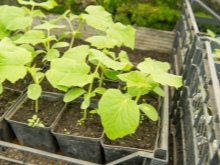
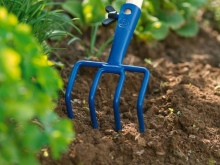
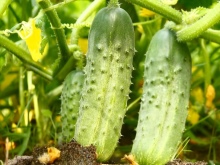
Poor care
You should start caring for cucumber seedlings as soon as the seeds hatch. And you have to do it right. In order for the plant to grow well and be protected from diseases, at the first stage its seeds must be soaked in a solution of potassium permanganate. You can also use activators in the form of special preparations or ordinary ash. Especially it is necessary to pay attention to the seedlings when the first cotyledon leaves appear, since at this time the bushes are very vulnerable.
Improper care of cucumbers is too critical for gardeners, especially if they live in areas with cold climates. They do not have time to plant seedlings a second time if trouble happened to the previous one. A short warm period makes you do everything right and without mistakes right away.
- Insufficient moisture is a very common problem that seedlings wilt. Cucumbers in a glass on the windowsill begin to turn yellow if watering is not carried out every day. In this case, it is necessary to loosen the soil once every 7–8 days. For irrigation, you must use water at room temperature. If watering is regular, and the planted seedlings still turn yellow, it is worth checking for holes in the cups, because excess moisture can collect at the roots. It is necessary that the excess liquid drains into the sump.
- A small amount of macro- and microelements leads to the fact that the lower leaves turn yellow. In this case, there may be a lack of nitrogen, manganese, potassium, sulfur, calcium. You can determine what exactly cucumbers need if you take a closer look at the leaves. For example, with a lack of manganese, veins on the sheets will turn yellow. Little potassium is visible along the brown edges. Drooping leaves indicate a lack of nitrogen and potassium. According to experienced gardeners, in order for the seedlings to grow well, after planting, the proportion of potassium should be 2 times greater than the proportion of nitrogen. Spots on the leaf speak directly of nitrogen problems.
- In the open field, seedlings can get sunburn. This is easy to understand if you look at the leaves, or rather, at their tips. If damaged by scorching rays, they will be purple and twisted. Of course, cucumbers like the sun, but they must be protected from prolonged exposure, especially if the seedlings are wet, otherwise they will be covered with pale yellow spots.
- Cucumbers like open spaces more than many other crops. They do not like shade very much, and this must be taken into account when they grow both on the windowsill and in the garden. In the first case, you can understand about insufficient lighting by how the seedlings are stretched. For additional lighting, it is worth using special lamps.You can also install a foil shield around the bushes to reflect the light.
- At the dive stage, one must be extremely careful with the seedlings, since it is easy to damage the delicate roots. It is important to avoid creasing the root system, otherwise the bush will not grow. After transplanting to open beds, cucumbers are given several days to recover.
If the leaves have begun to turn yellow, then it is worth feeding according to the standard scheme.
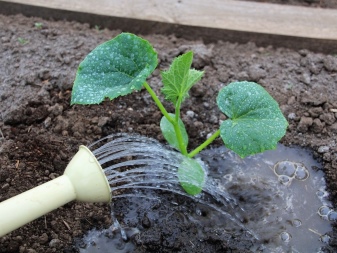
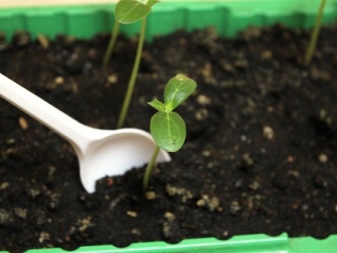
Diseases
Yellowing of cucumber bushes, as well as drying near the roots, can appear with various diseases. When yellow spots appear on the sheets, one should remember about common diseases.
- Peronosporosis (or downy mildew) is determined by drying stems and leaves. Typically, the fungus grows in excessively damp soil. It is not uncommon that the first signs appear on the bushes immediately after rain or excessive watering. Low temperatures at night can also lead to illness. Quite often, plants get sick if they were wet and at temperatures below nine degrees.
- An infection such as root rot is common in young seedlings. As a result, the stem becomes yellow and weakened. And then yellowness begins to appear on the foliage.
- Mosaic viral disease most often manifests itself 10-14 days after the bushes are transplanted into the soil. It can be seen by yellow dicotyledonous leaves and drying out. This problem must be dealt with as quickly as possible, since it almost instantly affects all neighboring bushes.
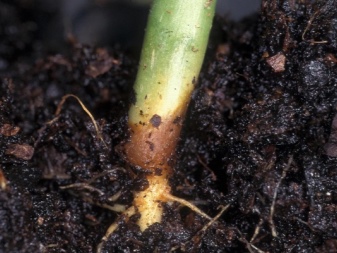
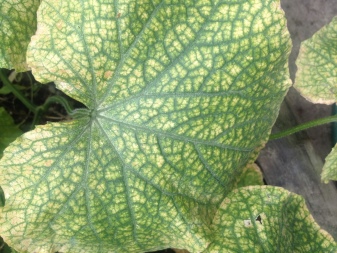
Pests
It is easy to understand that parasites have started on cucumbers by looking at the edge of the leaf. You can also see the bushes from below.
- Sprout fly larvae pose a danger to seedlings. This is due to the fact that the plant is food for them throughout the entire period of growth. Therefore, when the bushes do not develop, it is worth subjecting them to a thorough examination.
- Spider mites are identified by yellow bushes. The ground is the wintering place for small red insects. Therefore, it must be calcined before use and treated with a solution of potassium permanganate. On bushes, mites can be found on the back of the leaves. Another sign is marble stripes.
- If the seedlings have begun to turn yellow, and the care for them is correct, then, most likely, the whitefly is to blame. This insect feeds on cucumber juice, which is sucked from leaves and stems. It looks like a moth in appearance. It is worth noting that the larvae of the pest also feed on sap, but it is difficult to see them without magnification.
- Another small pest that feeds on cucumber juice is aphids. The insect, two millimeters long, has a green color and is clearly visible on the leaves.
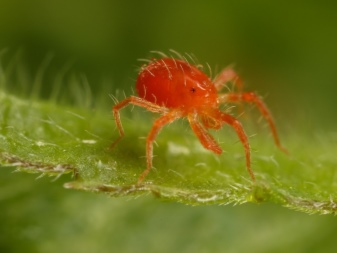
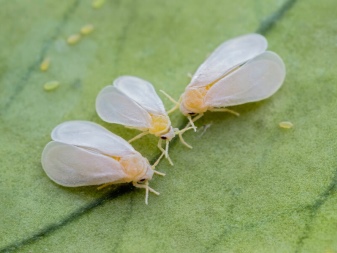
How to deal with the problem?
If the seedlings are in a greenhouse or on a windowsill, then yellowed bushes (due to the influence of pests or diseases) must be sprayed with special agents. However, you need to know when to stop and be sure to thoroughly ventilate after the procedure. Chemicals can only be used until the cucumbers have begun to set. Gardeners with extensive experience recommend using garden chemistry and folk remedies when growing in open ground, because even if harmful substances are absorbed into the soil, after a while they will be washed out of there by watering or rains.
In that case, if the seedlings began to turn yellow and dry out due to improper care, then it is worth trying a new agricultural technique. In case of insufficient nutrition, it is important to carry out timely feeding. For example, before the flowers appear, you can feed with ash, and then fertilizers with potassium and phosphorus. After transplanting cucumber bushes, problems also often arise that are solved by feeding the plants. After the cucumbers are in a permanent place, 3 dressings should be made at intervals of seven to ten days.
When the leaves are slightly damaged, it can be corrected with organic fertilizers (such as ash powder, herbal or milk decoction). Organic matter practically cannot harm cucumber seedlings. Standard inorganic dressings include bud, superphosphate, azophoska, ammophos, agriculture. It is considered normal to water cucumbers with warm water in small quantities, but every evening. In no case should you water the bushes with water, the temperature of which is below 18 degrees. Stagnation of moisture should also be avoided.
When overflowing, remove excess water using absorbent materials (such as cloth or paper). You can pour calcined sand on top.
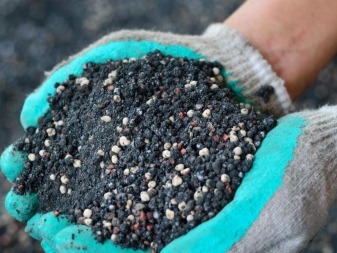
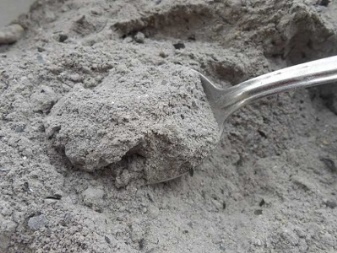
It is important not only to fight diseases, but to protect cucumbers even at the seed stage. For this, you can use special drugs. It is worth being attentive to the seedlings in order to discern the first symptoms and choose the right chemotherapy treatment.
If the yellowness on the sheets is caused by a low temperature, then containers filled with hot water are installed next to the seedlings. You can also rearrange the bushes to a different location or put warm foam, foam or newspaper mats under the pots. It is important to take care and remove all drafts. However, it is worth remembering that plants do not like excessive heat either. For them, the optimal temperature is from 23 to 25 degrees.
Sometimes yellowness appears in the case of using too tight containers. In this case, you will have to transplant the cucumbers into larger containers or plant them in a permanent place. When detecting root rot, a remedy called "Previkur" will help, and with downy mildew - "Fitosporin", "Topaz" or "Ridomil". If rot is found, then you can sprinkle the plants with ash. In the fight against oversporosis, a solution of whey is also used.
In the fight against spider mites help "Fitoverm", an infusion of onion husks, a one percent solution of potassium permanganate. For aphids it is recommended to use the preparations "Akarin" or "Iskra". You can also rinse the leaves with a solution of laundry soap, five liters of water, ten drops of iodine and 500 ml of milk.
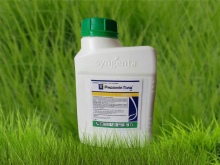
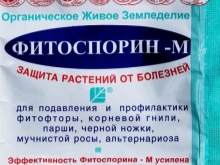

Prevention measures
Prevention begins with preparing cucumber seeds and growing soil. The most important step is seed hardening. This is done by alternating warm and cold temperatures, after which disinfection is carried out with a solution of potassium permanganate. The procedures seem very simple, but they make the plants resistant to disease. It is recommended to plant seedlings in peat soil. Special formulations can be purchased at garden stores. Cultivation is first carried out on a windowsill or in a greenhouse. You can even heat the soil to 90 degrees by placing it in the oven. This will kill various microorganisms and pathogens that are in the soil.
When transplanting to an open bed, it is carefully prepared. It is dug up and fertilized. In this case, it is desirable to apply 5 kilograms of fertilizer per square meter. It is best if the garden bed is done in a new place every year. It is important to take care not to make it where the squash or pumpkin used to grow. Proper watering is of great importance, since it is necessary not to overdry the soil, and to avoid overflows. Mulching the ridge with straw or grass can help with this. As a preventive measure, seedlings can be treated with a milk solution every ten days. However, this is permissible only if more than three leaves have appeared on the bushes.
To avoid fungal diseases, you can water the plants with a soda solution.
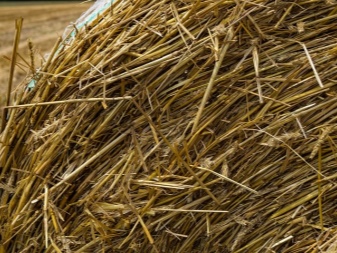
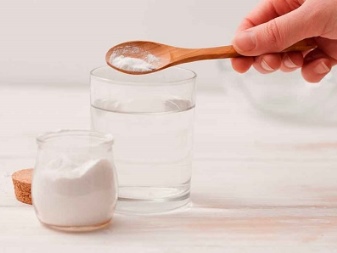













The comment was sent successfully.